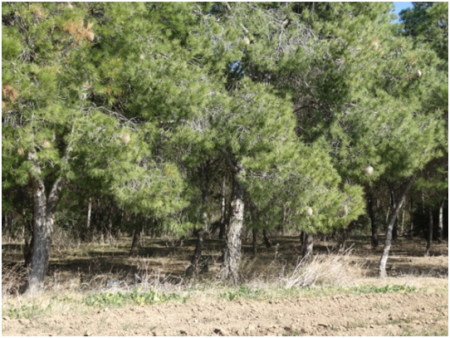
Objective:
Faced with changes and in the absence of regeneration, the natural forest formations in the North of Tunisia are experiencing serious problems of degradation. The use of pines as alternative species would be a possible and advantageous solution, but the choice should be given in priority to fast-growing species, ecologically well adapted and economically profitable.
Context:
The main objective of the analysis of the comparative trials of pine installed by A. Franclet in 1966 in Souiniet (Ain Drahem; Humide) and in Djebel Abderrahmen (Nabeul; sub-humid) was to specify the possibilities of adaptation and production of the species. pine (P. pinea; P. halepensis and P. pinaster) in the ecological conditions of two stations to help foresters choose the best species for reforestation.
Contacts:
Sondos Fkiri, sondesfkiri@gmail.com, http://www.inrgref.agrinet.tn/
Mariem Khouja, khouja.mar@gmail.com, http://www.inrgref.agrinet.tn/
Zouhair Nasr, zouheirnasr84@gmail.com, http://www.inrgref.agrinet.tn/
Mohamed Larbi Khouja, khouja.larbi15@gmail.com, http://www.inrgref.agrinet.tn/
Further information:
Fkiri S, Guibal F, El Khorchani A, Khouja M.L, Khaldi A, Nasr Z (2019). Relationship between climate and growth of two North African varieties of Pinus pinaster Arn. African Journal of Ecology, Wiley, 2019, ff10.1111/aje.12610ff.